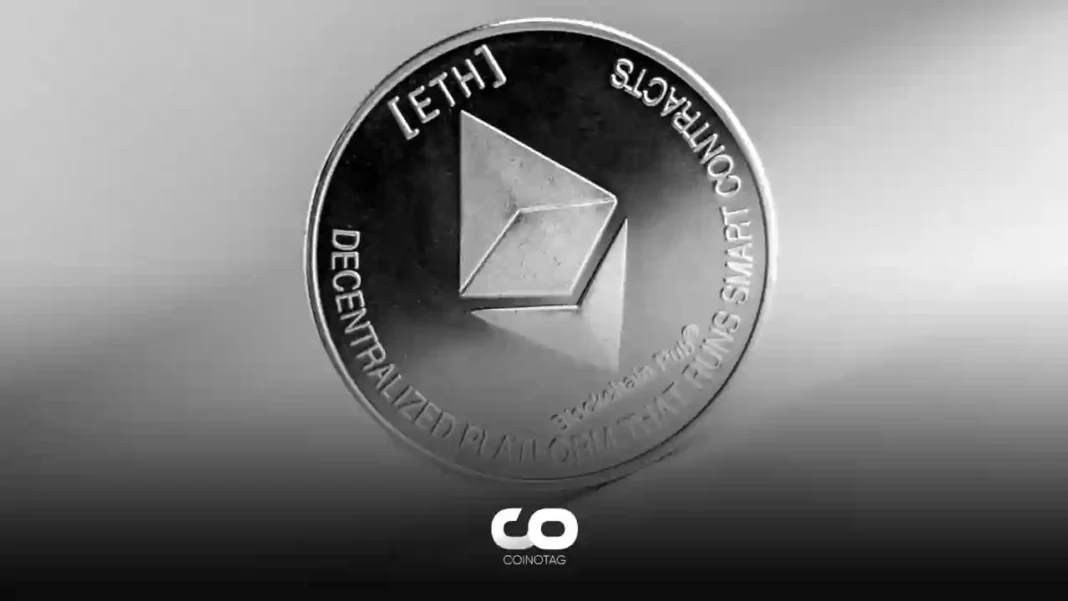- Despite optimistic projections for Ether, traders show a pronounced preference for Bitcoin, reflecting in futures pricing.
- Uncertainty surrounding the SEC’s classification of Ether influences market expectations and ETF prospects.
- “The downward sloping structure is backward, indicating traders expect ETH to perform weaker than BTC over time,” notes Griffin Ardern, a Blofin volatility trader.
As the crypto market navigates regulatory uncertainties, traders lean towards Bitcoin over Ether, influenced by ETF developments and market dynamics.
Market Dynamics Favor Bitcoin Over Ether
The current pricing of futures for Bitcoin (BTC) and Ether (ETH) suggests a clear market consensus: Ether is expected to underperform Bitcoin in the upcoming months. This sentiment is encapsulated in the ether-bitcoin forward term structure’s downward slope, signaling traders’ expectations for ETH’s weaker performance relative to BTC. Crypto asset management firm Blofin’s data highlights this trend, reinforcing Bitcoin’s bullish outlook among investors.
Regulatory Uncertainties Cloud Ether’s Outlook
The SEC’s pending decision on the classification of Ether as a security or a commodity adds a layer of complexity to the market’s future. This regulatory ambiguity directly impacts the potential approval of spot ETH ETFs, a development eagerly anticipated by the market. The situation is further complicated by recent lawsuits against major exchanges, which, while not mentioning Ether specifically, have led to speculation about its regulatory standing. Investment banks like JPMorgan express skepticism regarding the SEC’s classification of Ether, impacting market sentiment.
Spot ETH ETF Prospects and Market Reactions
Despite Standard Chartered’s bullish projection for Ether, potentially reaching $4,000 in the next three months due to anticipated spot ETF approvals, the market remains cautious. Traders’ preference for Bitcoin, as evidenced by futures data, underscores the prevailing uncertainty surrounding Ether’s regulatory classification and its impact on ETF approvals. Market makers’ potential hedging activities against Ether price rises further cap its upside, influenced by the dominant presence of covered calls in the ETH options market.
Implications of Market Makers’ Hedging Strategies
Market makers’ hedging activities are a critical factor in Ether’s performance expectations. The continuous selling of higher strike call options has resulted in a net long gamma exposure for market makers, necessitating the sale of the cryptocurrency as its price rises to neutralize exposure. This dynamic is expected to limit Ether’s upside potential, reinforcing the cautious stance among traders regarding its near-term outlook.
Conclusion
The crypto market is currently navigating a period of significant uncertainty, particularly concerning the regulatory classification of Ether and the approval of spot ETH ETFs. Despite optimistic forecasts for Ether’s performance, the market’s preference for Bitcoin highlights broader concerns about regulatory outcomes and market dynamics. As traders and investors continue to monitor these developments, the preference for Bitcoin over Ether serves as a barometer for the market’s sentiment, underscoring the challenges facing Ether in the near term.






